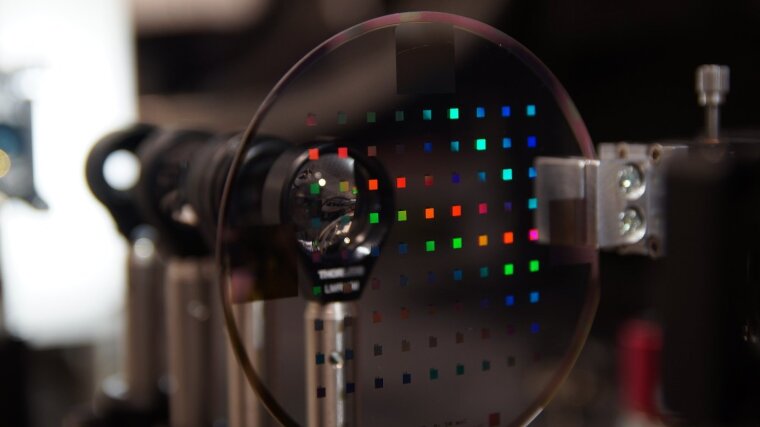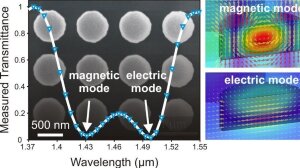
The Photonic Nanomaterials Group is primarily dedicated to the study of the fundamental optical properties and potential applications of subwavelength nanoparticles supporting localized optical resonances. Resonant nanoparticles and their assemblies can show complex and often surprising interactions with light, giving rise to phenomena such as "magnetic light", directional scattering, and strong near-field enhancements. Using the capabilities of modern nanotechnology, these interactions can be tailored by the size, shape, material composition, and arrangement of the nanoparticles. As such, resonant nanoparticle structures are a versatile research platform for investigating fundamental light-matter interactions and nanoscale coupling phenomena. Furthermore, they provide unique optical functionalities opening new opportunities for applications like next-generation (quantum) light sources, truly flat optical components, and optical communications. We combine top-down and bottom-up nanofabrication approaches to experimentally realize composite photonic systems able to control the emission, propagation, and absorption of light and all of its properties at the nanoscale, and we use a range of dedicated techniques for their optical characterization.
Logo Mie resonance
Image: Isabelle StaudeRecently, we have focused on nanoparticles composed of highly transparent, high-refractive-index dielectrics. Such nanoparticles support localized electric and magnetic Mie-type resonances (see image), thereby providing a low-loss alternative to plasmonic nanostructures. Most prominently, highly efficient functional nanosurfaces, e.g., for resonant wavefront shaping, nonlinear frequency generation, and spectral filtering can be created by dedicated arrangements of designed dielectric nanoresonators in a plane. Active tuneability of dielectric nanosurfaces has been achieved using liquid crystals. Furthermore, we have studied the use of Mie-resonant all-dielectric nanoparticles as high-radiation efficiency nanoantennas for spontaneous emission control.
Red House
Helmholtzweg 3
07743 Jena
Google Maps site planExternal link
Postal address:
Max-Wien-Platz 1
D-07743 Jena
Germany

